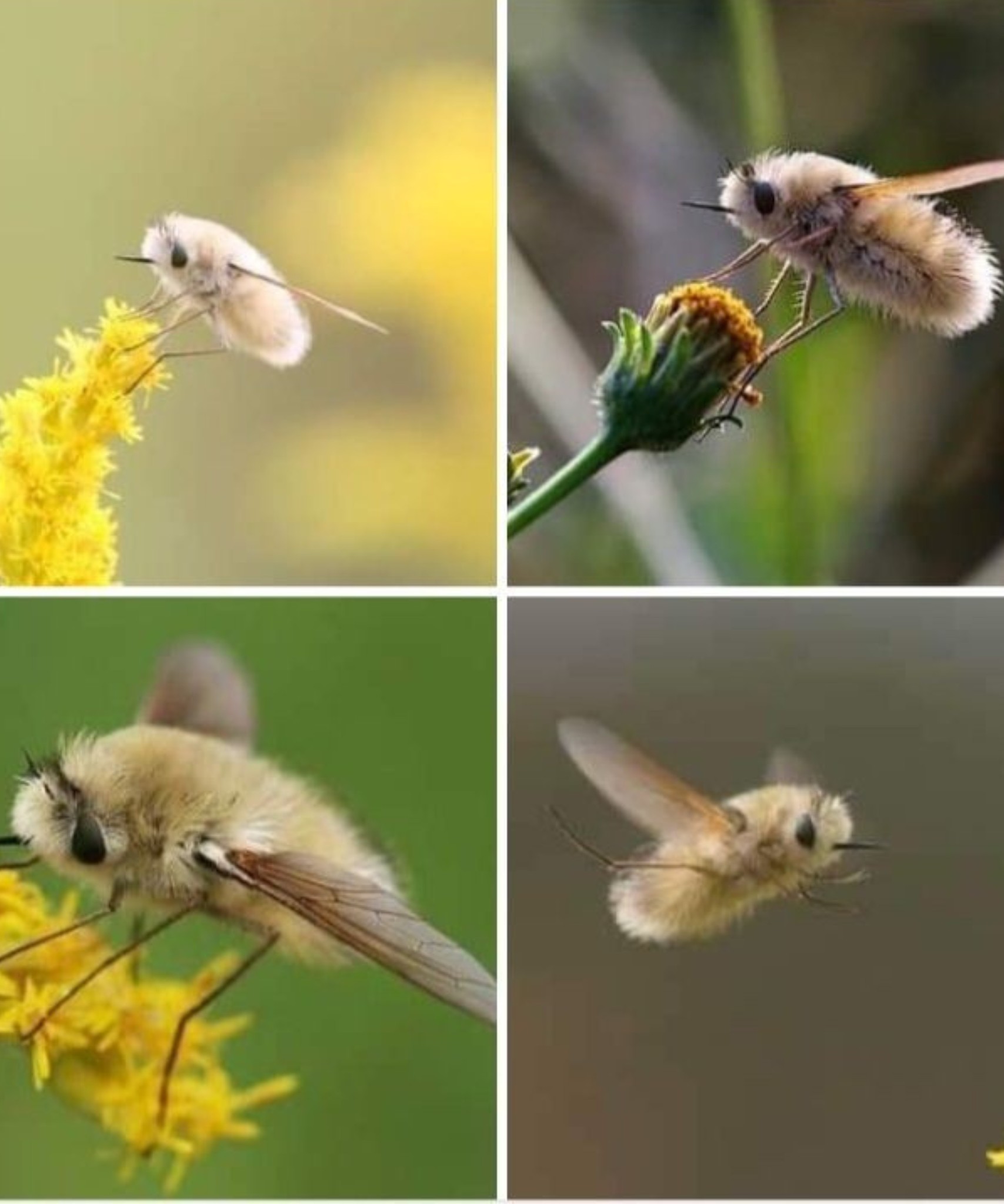Bee Flies – Nature’s Cutest Little Pollinators
🧸 Fuzzy Cuteness Overload Meets Ecological Brilliance 💛
I. Meet the Bee Fly: Tiny, Fluffy, and Fascinating
A. What Is a Bee Fly?
Bee flies belong to the family Bombyliidae—a group of small, fuzzy insects that are often mistaken for bumblebees at first glance. With oversized eyes, minute wings that shimmer like stained glass, and bodies swathed in a plush coat of hair, these curious creatures are the epitome of deceptive adorability.
Despite their resemblance to bees, bee flies are not part of the bee family at all. They’re true flies, and their bee-like appearance is a clever evolutionary tactic rather than a genetic link. Their lifestyle is equally captivating, hovering between beauty and biological intrigue.
B. Nature’s Plush Toy: Why People Are Obsessed
There’s an irresistible whimsy about bee flies. Their plush, teddy bear-like appearance coupled with their dainty, aerial ballet from blossom to blossom has catapulted them into the hearts of amateur photographers, naturalists, and even casual garden-goers.
Social media platforms have played a role in their newfound fame—#BeeFly is now dotted with macro shots showcasing their large eyes, velvet fuzz, and mid-air poise. Cute, curious, and captivating, bee flies embody the kind of charming eccentricity that turns heads and hearts.
II. The Secret Life of Bee Flies
A. Pollination Powerhouses
Bee flies may be diminutive, but their ecological impact is immense. Like bees and butterflies, they are nectar-feeders—and in the process, they become accidental pollinators. As they dip their long, straw-like proboscis into the depths of flowers, they pick up and redistribute pollen, ensuring cross-pollination among wild plants and garden blooms alike.
These miniature marvels play an essential role in ecosystems by sustaining floral biodiversity. They’re especially critical in early spring, when few other pollinators are active.
B. Masters of Disguise: The Art of Mimicry
One of the most enchanting aspects of bee flies is their mimicry. By evolving to look like stinging bees, they’ve tapped into a form of survival magic known as Batesian mimicry—where harmless species imitate harmful ones to ward off predators.
But unlike bees, bee flies don’t sting, bite, or buzz aggressively. They are all charm, no harm—perfect little impersonators that live by the mantra: look tough, stay soft.
